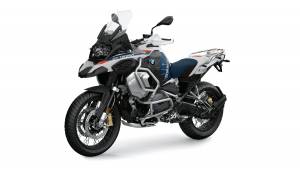BMW Motorrad's GS model is now 40 years old, 1.2 million units sold till date
The GS is a model name that is synonymous with the world of adventure motorcycling. In autumn 1980 BMW Motorrad presented the R 80 G/S, a motorcycle was capable of both, Off-road and on-road with its unique combination of road, touring and off-road capability. The R 80 G/S became the conceptual forerunner of the new motorcycle category of touring enduros created by BMW Motorrad. To date, BMW Motorrad has been able to hand over more than 1.2 million BMW GS models to customers.
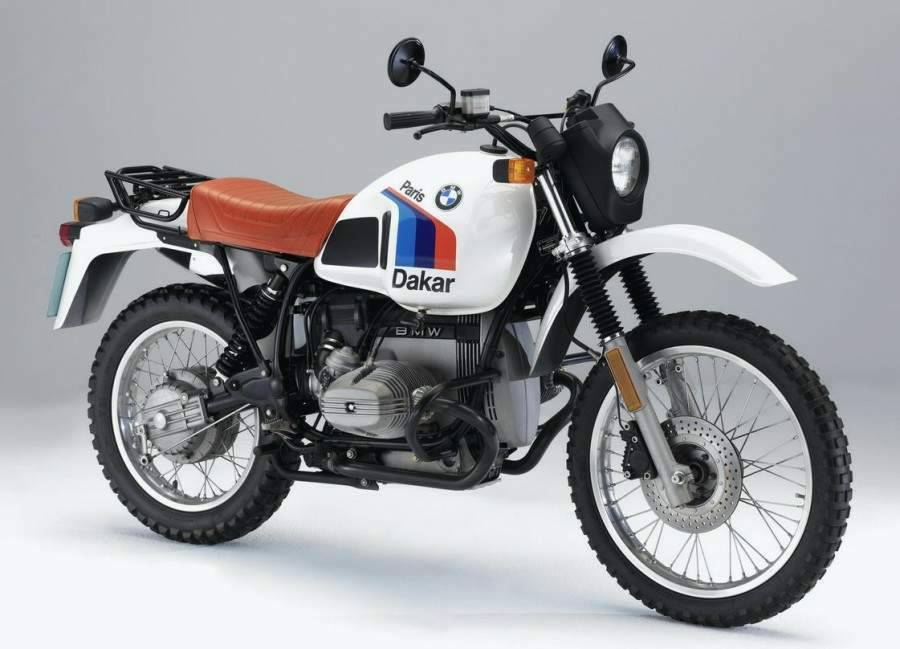
In 1981 Hubert Auriol rode to victory in the challenging Paris - Dakar Rally. The outstanding talents of the boxer GS models - riding dynamics, off-road mastery, comfort and robustness - have been continuously maintained and developed by BMW Motorrad over the past 40 years and successfully transferred to other BMW Motorrad model series. In 1993, the F 650 Funduro was the first single-cylinder BMW enduro to come onto the market. While this bike drew its riding dynamics from its low weight and the thrust of the 47 hp single cylinder, the changing of the guard took place simultaneously on the BMW GS models with boxer engine, states BMW.
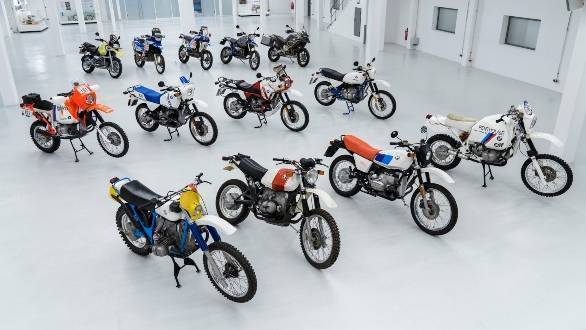
With the BMW R 1100 GS, BMW Motorrad not only presented the first GS with a 4-valve boxer and 80 bhp output, but also trod new paths with regard to suspension technology for large touring enduros. For the first time in an enduro, the engine and gearbox acted as load-bearing elements of the chassis, making a main frame superfluous. While the BMW Paralever rear wheel suspension system had already eliminated the drive reactions of the shaft drive in the models with the two-valve boxer years earlier, the BMW engineers had now created an innovative way of guiding the front wheels using the Telelever suspension. With the pitch compensation and highly sensitive response they set new standards in this area. In addition, the new R 1100 GS was the first enduro ever to be equipped with ABS - a safety plus that is now standard equipment on all BMW motorcycles.
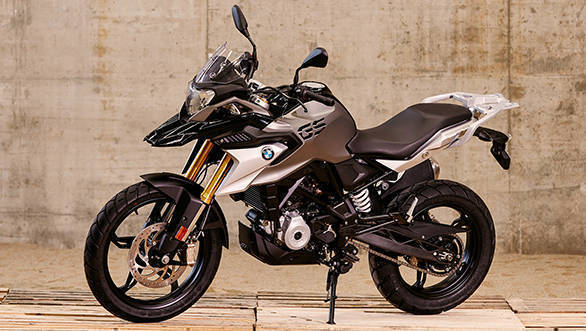
In autumn 2016, BMW Motorrad presented yet another GS model. This time it was the G 310 GS. It transferred the core qualities of a BMW GS to the engine capacity segment below 500 cc and interpreted these in its own style. Extremely compact, yet fully grown and comfortable, it opened up a whole new world of experience in its segment and became unique in the entry-level segment, above all due to its versatility. With the new R 1200 GS, BMW Motorrad expanded the GS portfolio not only with further product optimisations but also by broadening the motorcycle's range of properties. For the first time, customers were able to give a BMW GS a more marked touch of enduro or distinguished style to suit its preferred area of use by ordering the style packages Rallye and Exclusive.
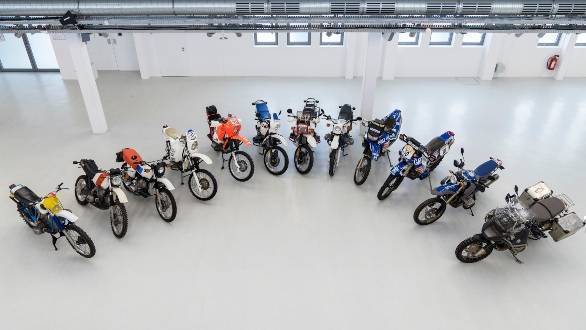
In the same year a completely different interpretation of the GS theme came on the scene: the R nineT Urban G/S. The R nineT Urban G/S drew on the genes of the very first and legendary BMW R 80 G/S of the year 1980, transporting them into the modern era with contemporary technology in the form of a classic enduro-style BMW motorcycle with boxer engine. As with the other R nineT models, the powerful, air/oil-cooled boxer engine with 81 kW (110 hp) output in combination with a six-speed transmission was installed.
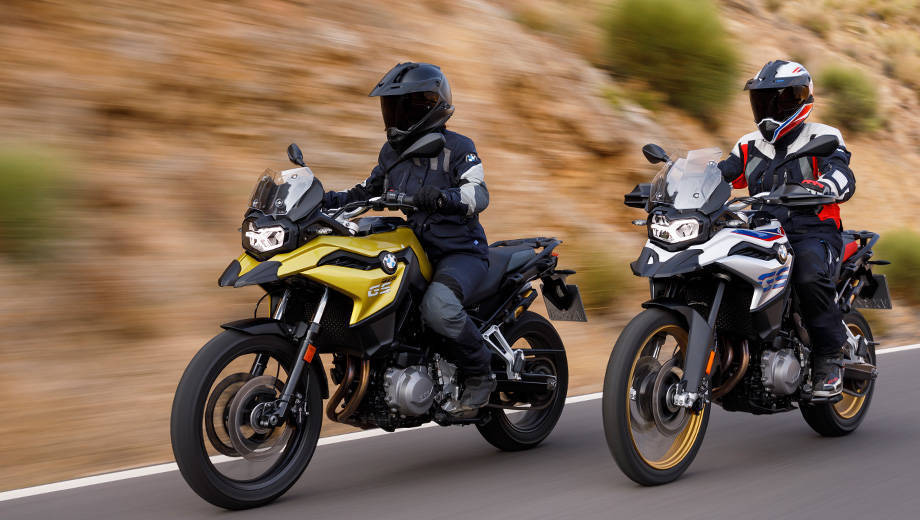
In 2017 BMW Motorrad continued to write GS history with the two completely redesigned F 750 GS and F 850 GS enduro models. BMW Motorrad consistently built on the typical GS strengths in the successor models to the successful 2-cylinder F 650 GS, F 700 GS and F 800 GS motorcycles. In autumn 2018, BMW Motorrad once again introduced a radical upgrade for the boxer engine of the large GS models in order to further improve power and torque yield as well as reduce fuel consumption and emission values. For this purpose, BMW ShiftCam Technology was used for the first time in the serial production of BMW Motorrad engines: this allowed valve timings and valve stroke on the intake side to be varied. In addition, the intake camshafts were designed for asynchronous opening of the two intake valves, resulting in enhanced swirl of the fresh, incoming mixture and therefore more effective combustion.

